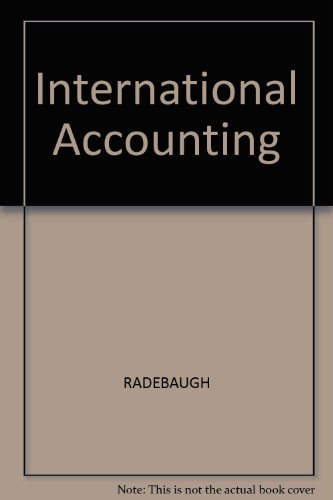Question
Assume a world of two goods, beef and cars; and two countries South Africa and Botswana. Cars are capital intensive and Botswana is labour abundant.
Assume a world of two goods, beef and cars; and two countries South Africa and Botswana. Cars are capital intensive and Botswana is labour abundant. Assume the standard H-O assumptions hold. According to the Rybczynski theory, if labour doubles in Botswana how does production and consumption compare to pre-growth conditions in Botswana? Explain with the relevant diagram. b. CMU is a country that produces apples and computers, where computers are capital intensive; CMUs PPF is bowed out (exhibits increasing relative costs); CMU is capital abundant, and the standard H-O assumptions hold. The other country is SVC.
i. Assume further that CMU is a small country. What is the effect on welfare if labour doubles and capital does not change? What if capital doubles and labour does not change? Use offer curves to support your answers. (12 Marks) ii. Now assume that CMU is a large country. Evaluate the impact on welfare, associated with an increase in capital with labour held constant. Use offer curves to support your answers.
Step by Step Solution
There are 3 Steps involved in it
Step: 1

Get Instant Access to Expert-Tailored Solutions
See step-by-step solutions with expert insights and AI powered tools for academic success
Step: 2

Step: 3

Ace Your Homework with AI
Get the answers you need in no time with our AI-driven, step-by-step assistance
Get Started


